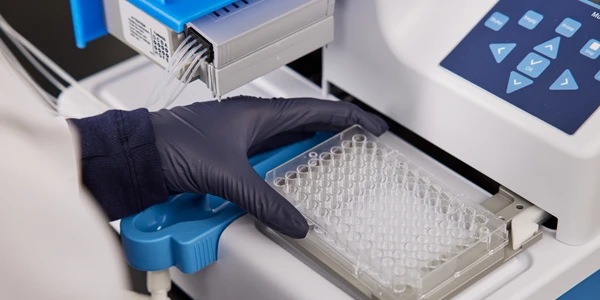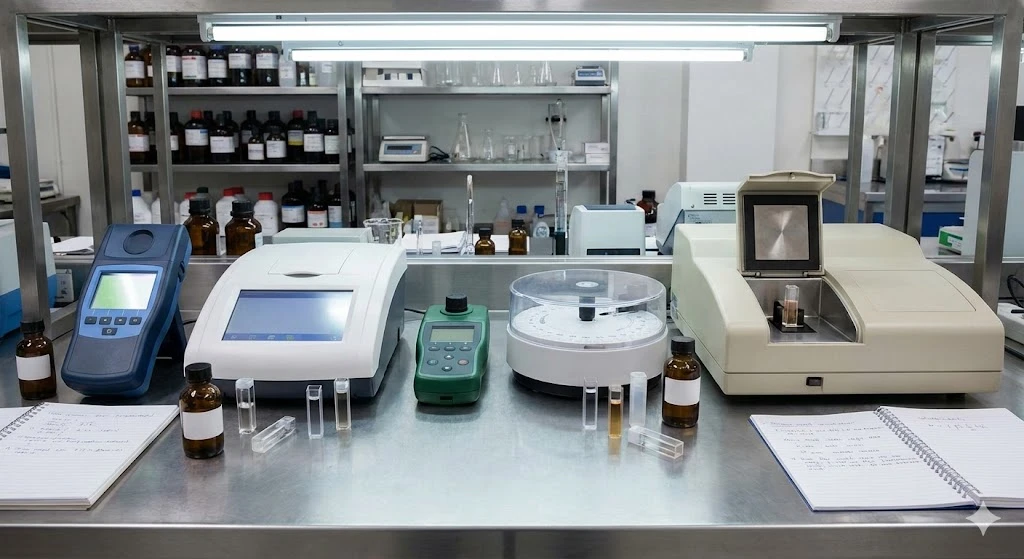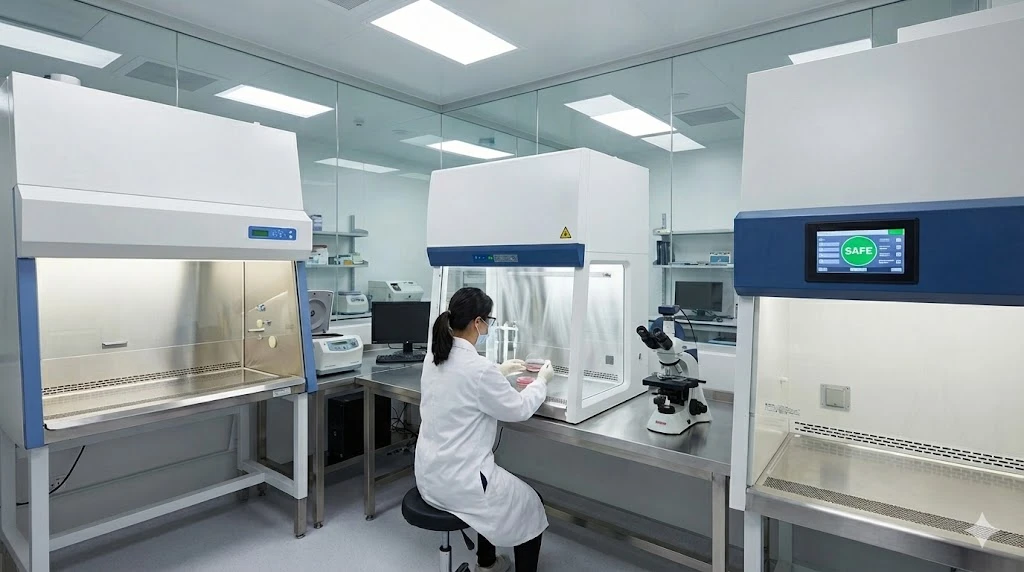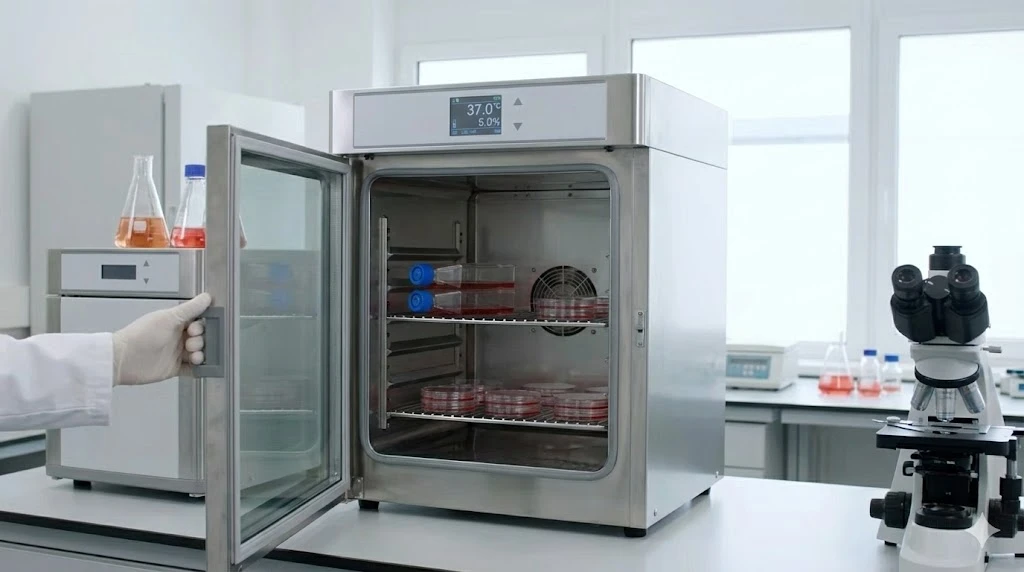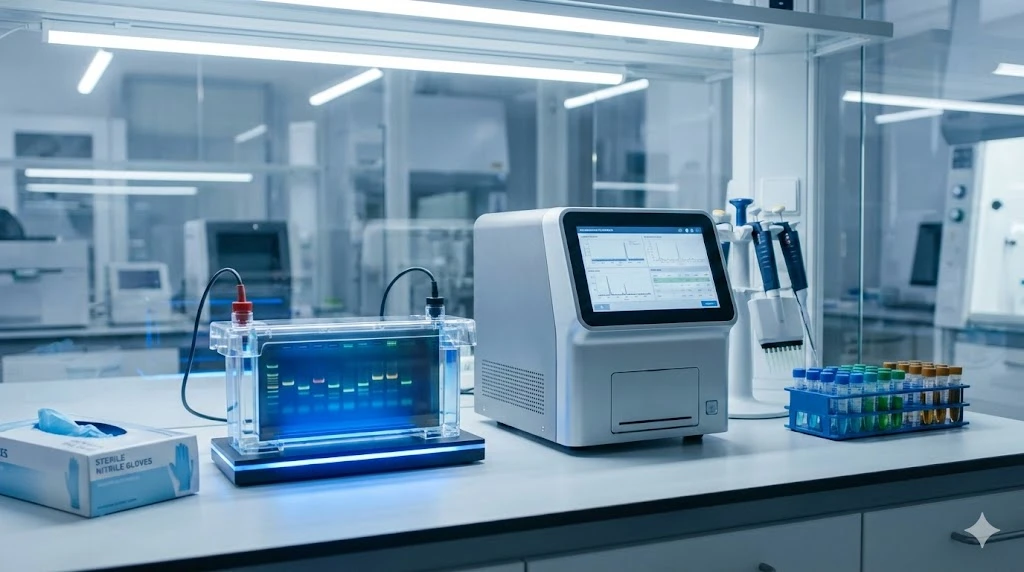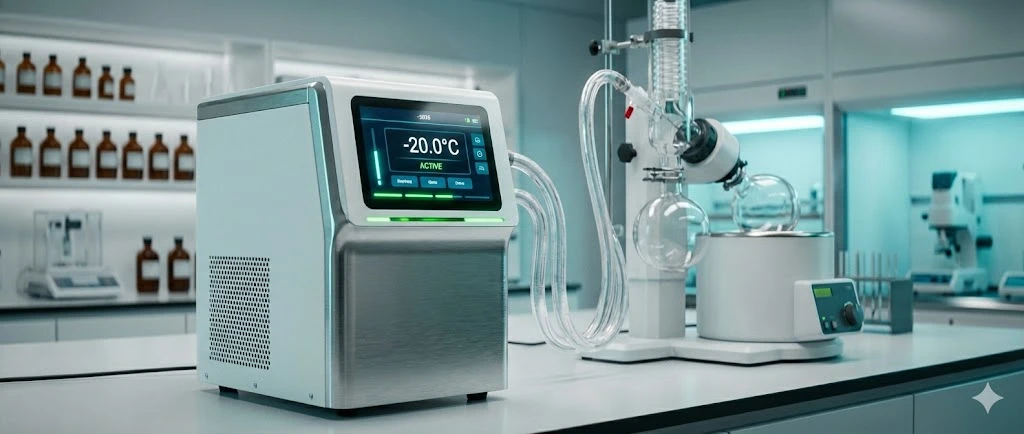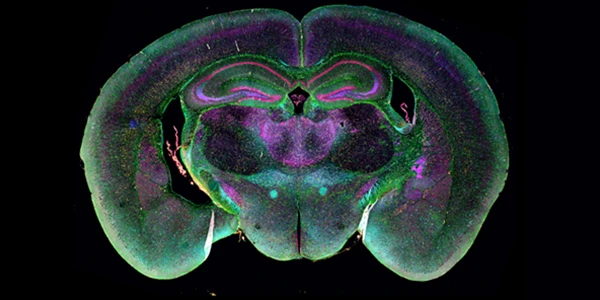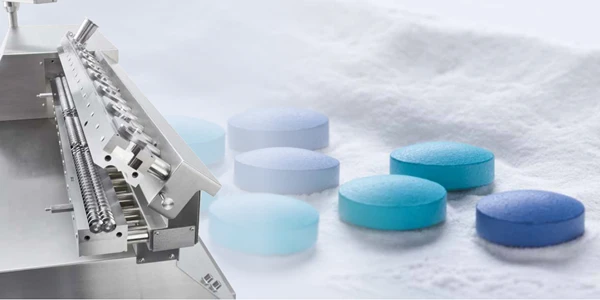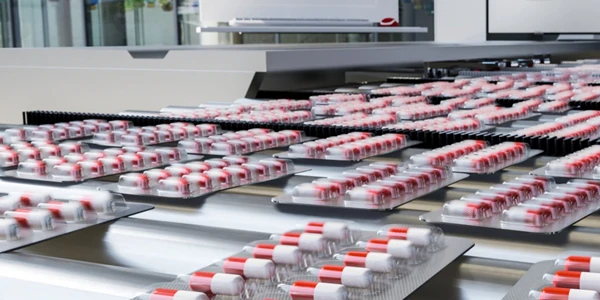The Role of XRD in Analytical Testing and Sustainable Cement Manufacturing
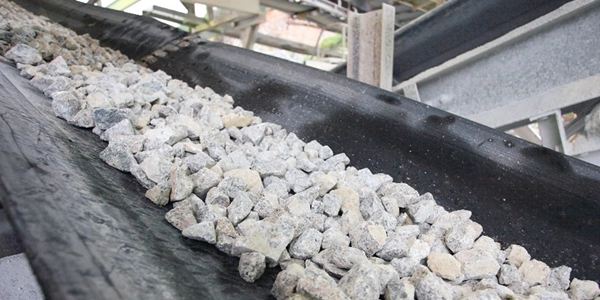
Producing high-quality cement requires more than just mixing raw materials—it depends on precise analytical testing at every stage of manufacturing. From verifying raw feed composition to ensuring consistent clinker quality, analytical methods provide the data needed to maintain strength, durability, and performance standards in the final product.
Why Analytical Testing Matters
Cement quality hinges on tight control of chemical and mineral composition. Variations in lime, silica, alumina, and iron oxide ratios can affect setting time, compressive strength, and long-term stability.
Analytical testing allows manufacturers to:
- Monitor raw materials such as limestone, clay, and additives for purity and consistency.
- Optimize kiln operation by tracking phase transformations during clinker formation.
- Ensure compliance with ASTM and EN specifications for cement composition and performance.
Routine testing also supports sustainability goals by validating the incorporation of supplementary materials such as fly ash or slag without compromising quality.
X-Ray Diffraction (XRD) in Cement Analysis
X-Ray Diffraction is one of the most powerful tools used in cement plants to characterize crystalline phases. By measuring the diffraction pattern of X-rays interacting with the sample, XRD identifies and quantifies minerals such as alite (C₃S), belite (C₂S), aluminate (C₃A), and ferrite (C₄AF).
Key benefits include:
- Phase quantification: Determines the proportion of major and minor phases in clinker and finished cement.
- Process control: Detects incomplete reactions or undesirable phases, enabling quick kiln adjustments.
- Quality assurance: Confirms uniformity across production batches and verifies product specifications.
When combined with complementary methods like X-Ray Fluorescence (XRF) and thermal analysis, XRD provides a comprehensive view of both chemical and mineralogical composition—critical for maintaining consistency in modern cement manufacturing.
Download the eBook to learn the details of XRD and how these apply to advanced cement analysis and sustainable production.
